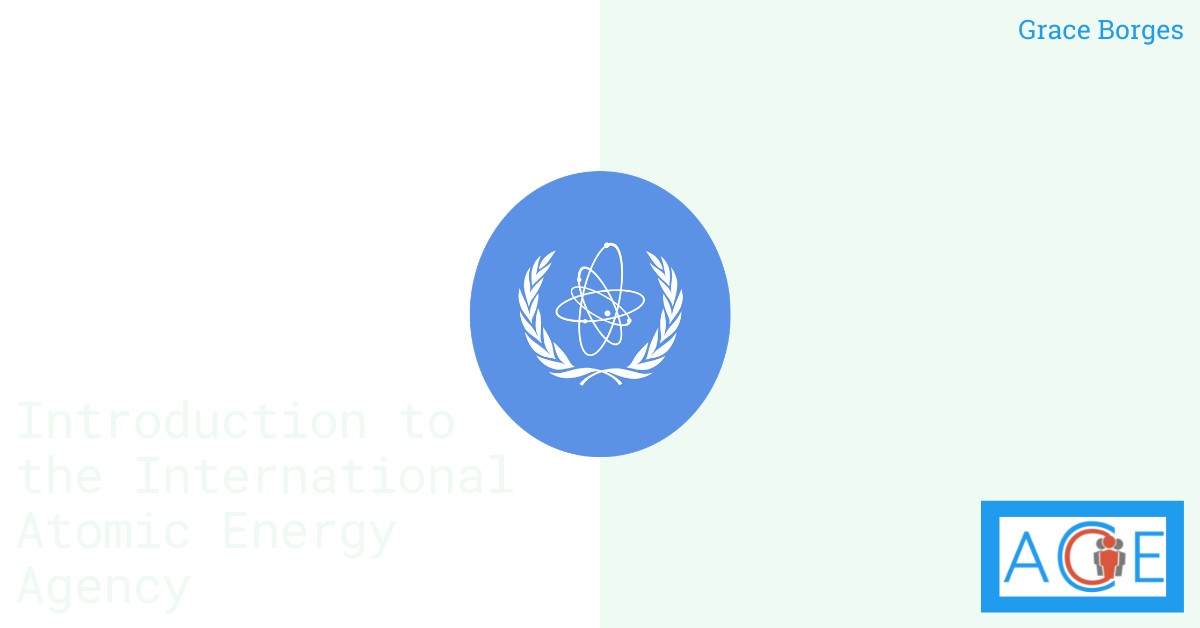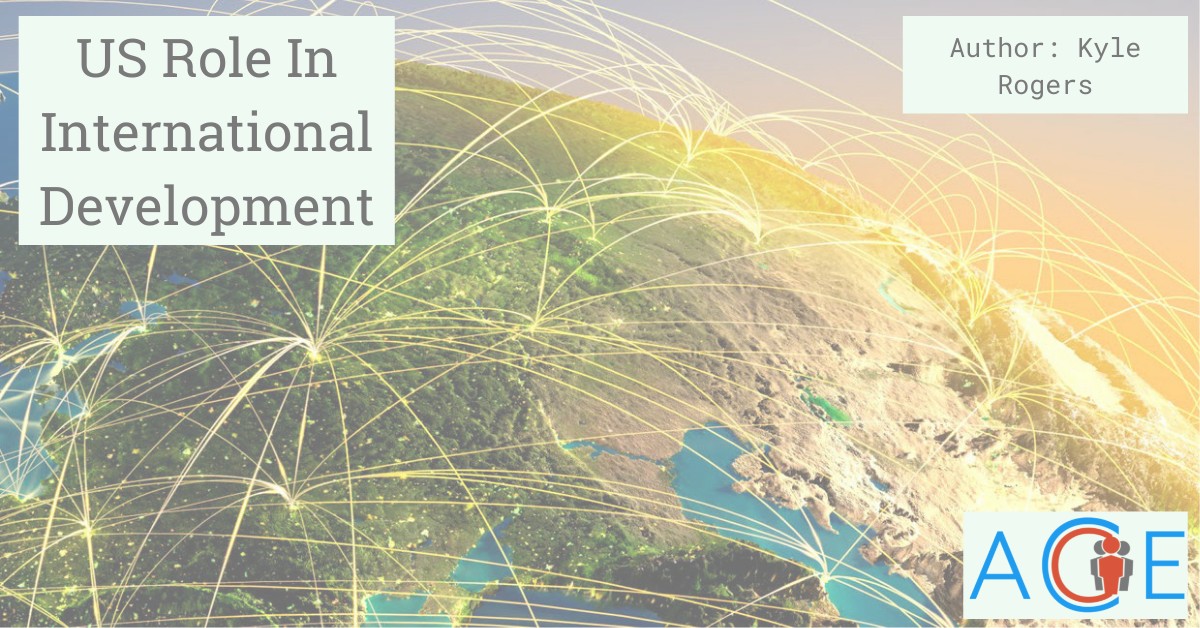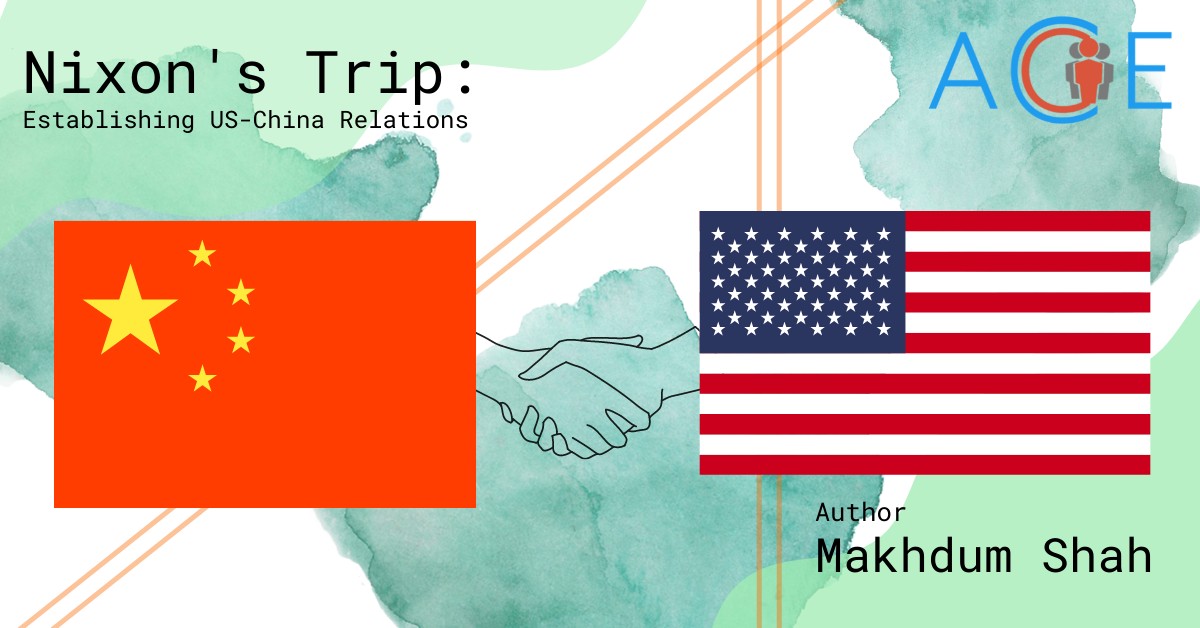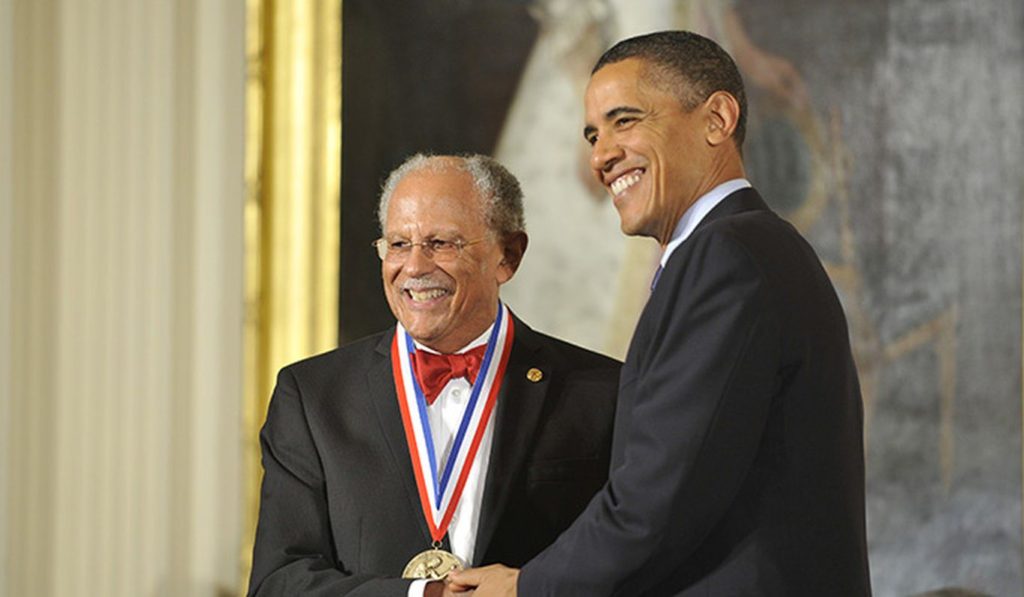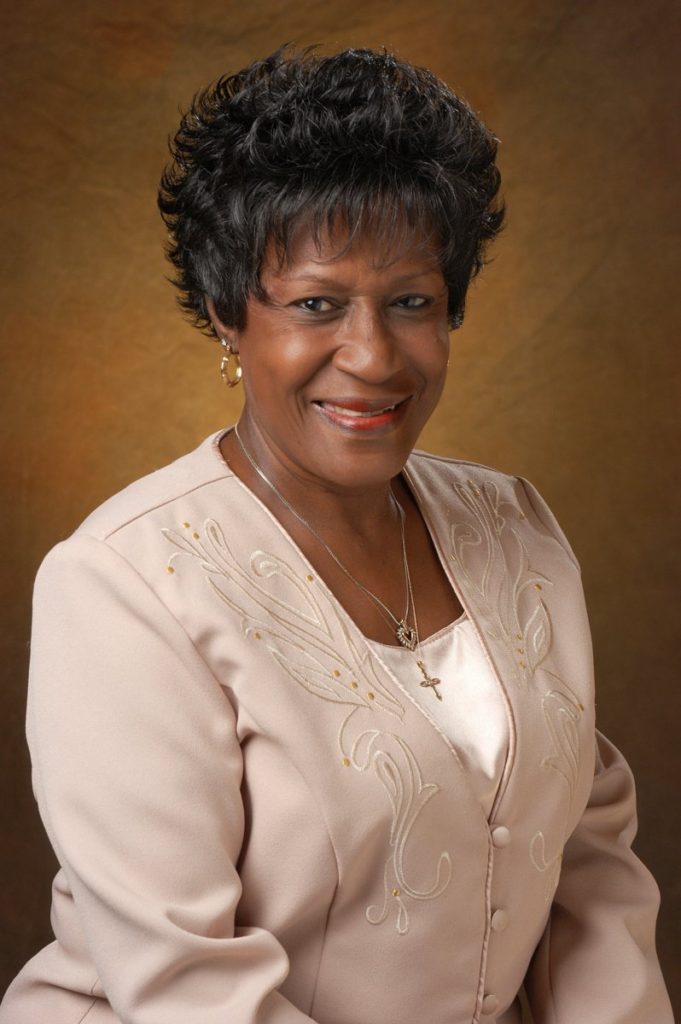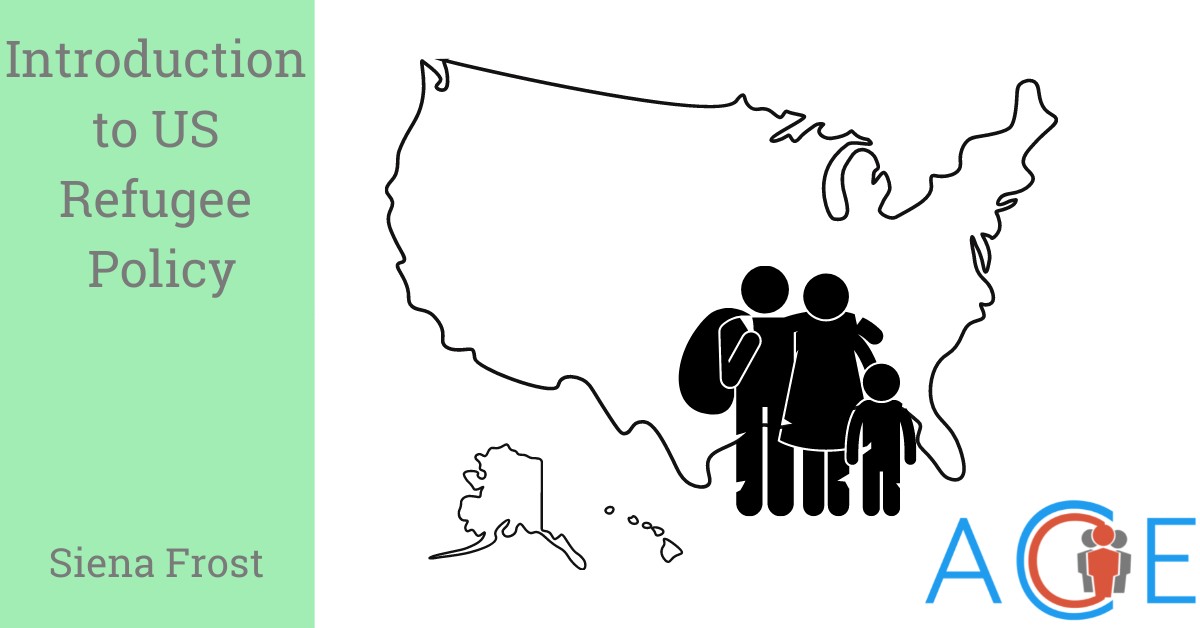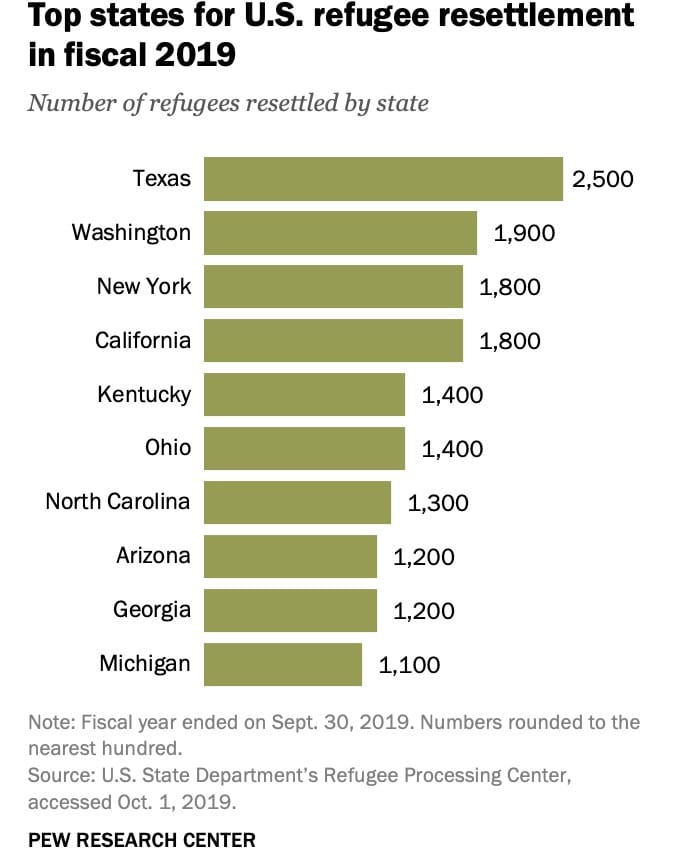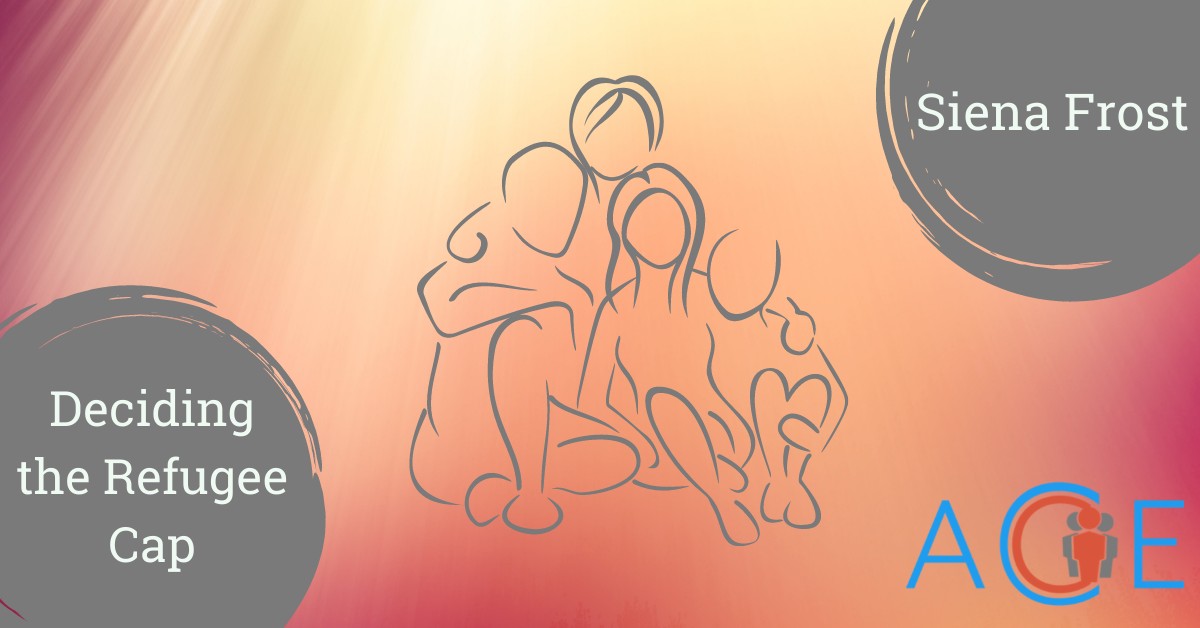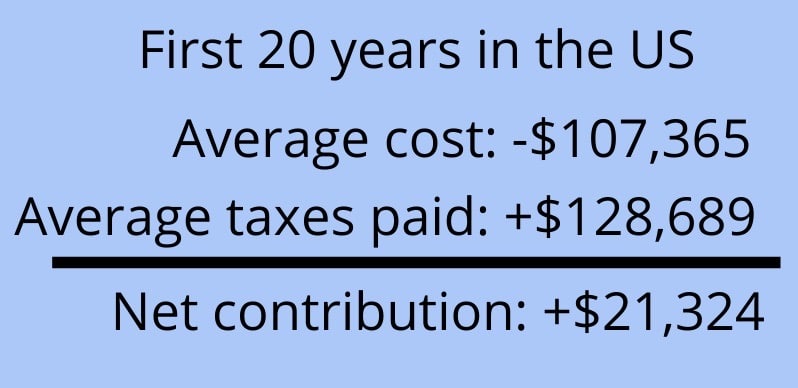The International Atomic Energy Agency (IAEA) is an autonomous international organization within the United Nations system that is responsible for the verification of safeguards for nuclear weapons material. Along with promoting nuclear energy for civil purposes and nuclear safety education, the IAEA is chiefly responsible for implementing safeguard agreements. These safeguards are intended to make sure that nuclear materials and facilities are being used for peaceful purposes and not being diverted in any way for secret weapons development. While all nuclear weapons states have accepted some safeguards on their civil nuclear activities, the IAEA safeguards are primarily implemented in non-nuclear weapons states.
Founded in 1957, the IAEA was established just as nations were beginning to trade in nuclear technology and materials. Spurred by burgeoning Cold War competition with the Soviet Union, the idea for the organization was born out of the Eisenhower Administration’s mission to stem nuclear proliferation. Under the IAEA Statute, the US is named as the depository, or custodian, government of the organization. In 1980, the US agreed to a voluntary offer safeguards agreement (VOA), which subjects civil nuclear facilities of its choosing to the same inspections as non-nuclear weapons states.
IAEA safeguards are measures used to monitor nuclear activities, through which the agency seeks to verify that nuclear facilities and materials are being used in accordance with established guidelines. Uranium and plutonium are the main nuclear materials that are monitored, and states are required to record and compile a list of domestic nuclear activities and submit it to the IAEA for recordkeeping. Traditional safeguards offer IAEA inspectors reasonable assurances that what states have reported to them is correct, complete and true. This type of safeguards includes in-person inspections, material inventory & accounting review, and surveillance methods including surveillance cameras, tamper-resistant equipment, records auditing and statistical samples. In addition to verifying that states have reported their nuclear activity accurately, this class of safeguards also act as a deterrent against possible undercover nuclear weapons programs by increasing the risk of detection.
Although there have been some failures with the traditional safeguard measures in the past (e.g. Iran), modern safeguard approaches aim to detect covert nuclear activity in addition to solely verifying declared activity. Modern safeguards include information gathered from various open sources, such as intelligence and visitor accounts, and can paint a more complete picture of nuclear activity in a state outside of what is being officially reported.
It is important to note, however, that despite their name, safeguards don’t actually provide for physical safety or guarding. The goal of safeguards is to detect any undeclared diversion or production of nuclear material in their infancy stage. Since there isn’t an enforcement department of the IAEA, agency inspectors can’t forcibly prevent states from using material covertly; instead, their significance lies in being able to alert the rest of the international community to suspicious activity.
Most UN members joined the IAEA at its inception in 1957. While IAEA membership at the time was not required, states were strongly encouraged to join in order to have access to information regarding the peaceful use of nuclear energy. Under the Nuclear Nonproliferation Treaty of 1961, all non-nuclear weapons states are required to conclude a safeguards agreement with the IAEA. The IAEA currently has 172 members.
